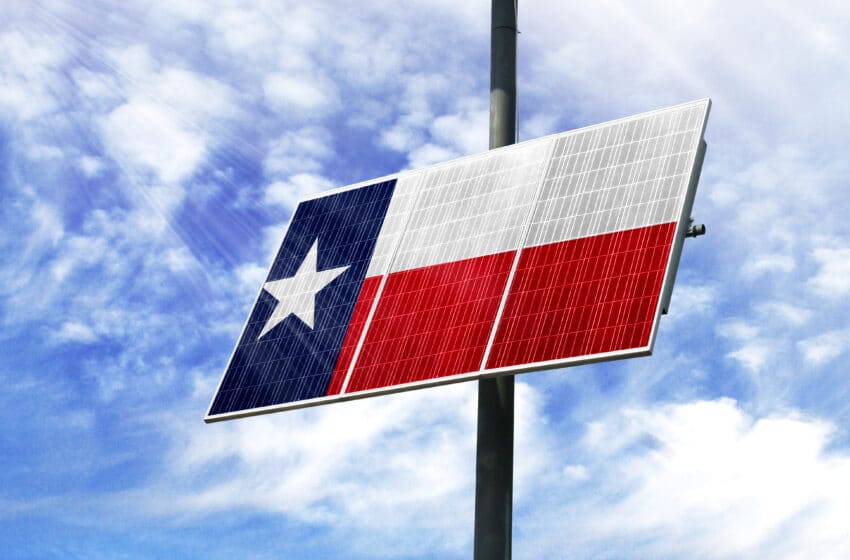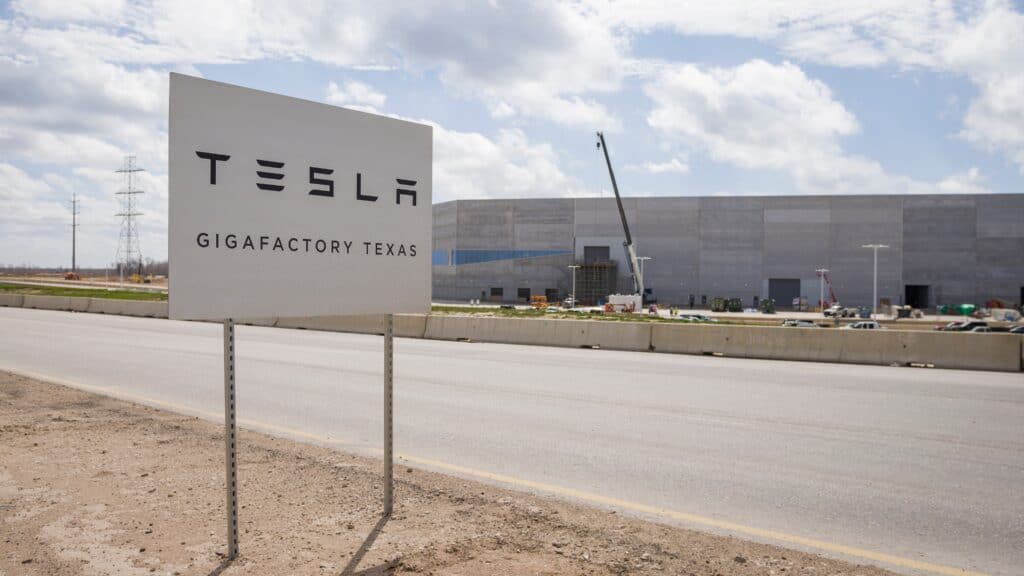Cluster, Texas: A Growth Story

Once upon a time in the Southwest, a grand state wrapped in mountains and deserts, forests and plains, rivers and sea, emerged in primitive form, built on cotton, cattle, oil, and rail.
Today, that state has evolved into one that still treasures those critical natural attributes and has added a dash of fierce independence, entrepreneurial spirit, forward-thinking leadership, yet more natural resources (borne of literally ground-breaking technology), and a policy climate built for economic growth.
That metamorphosis has manifested in a state of Texas that is now well established as a global leader in most every economic sector one can name.
You’ve heard the question posed before: Can Texas be the next Silicon Valley, an ecosystem of innovation unmatched in the world?
Many would argue we already are. We have the talent, the capital, the entrepreneurial drive to innovate.
We also have tangible proof.
In the past 20 years, the Texas economy has surged by 70.6 percent, from an annual GDP of just over $998 billion in 2000 to just under $1.75 trillion in 2020.
Clusters of Innovation
Key to this growth has been the clusters of innovation (COIs) that are emerging in Texas. COIs have been defined as “global economic hot spots where new technologies germinate at an astounding rate and where pools of capital, expertise, and talent foster the development of new industries and new ways of doing business.”
Texas is undoubtedly an economic hot spot. In the first 11 months of 2021, 70 businesses and corporations relocated their headquarters to the state of Texas, including Tesla, partly because Texas is taking the lead in semiconductor manufacturing. More on that later.
Innovation drives the majority of economic growth, and robust innovation ecosystems are the systematic way to ensure innovation at the scale of a region like Texas. We’re now on par with similar regions, including Silicon Valley, Boston, Tel Aviv, and London.
Achieving true global competitiveness derives not from being the cheapest place to do business, but by being the most productive. Today, the most competitive regions maximize their productivity by rapidly translating new knowledge and ideas into new goods and services, then rapidly scaling to national or global markets.
A true cluster encourages the emergence of start-up companies and the blooming of more industrial fields—like semiconductors and data mining—within the cluster.
And then there’s the all-important energy sector. According to the policy group Texas 2036, Texas produces nearly a third of America’s energy every year—429.8 terawatt-hours of power and 1.7 billion barrels of oil. While the Texas economy has diversified significantly since the 1980s, energy remains a major driver of what is now the world’s ninth largest economy. (Yes—Texas’ economy is larger than Russia’s and that of many other countries.)
That includes about 2.5 million Texas jobs and 20 percent of Texas public school funding. As we’ve seen, global market volatility can put those jobs—and our state budget—at risk.
There’s more we can do to remain a global energy leader and mitigate volatility, including exploring new technologies like carbon capture, hydrogen-fueled energy, and geothermal power generation that offer more jobs, more capital investment, and more economic growth.
Semiconducting is another sector that offers tremendous scale. Samsung is making an $17 billion investment in Taylor, just north of Austin, to build semiconductors that supply cars, computers, smartphones, and other electronics. Production at that level will inevitably help the supply chain logjam that exists today.
Earlier this month, Texas Instruments announced a $30 billion investment to manufacture semiconductors. According to Governor Greg Abbott, Texas “will be the home of semiconductor manufacturing going forward.”
Data mining and cryptocurrency is another emerging field in the cluster. Texas—and Austin in particular—is poised to become a national blockchain leader. Just this year, the 87th Texas Legislature—led by Sen. Angela Paxton and Rep. Tan Parker—recognized cryptocurrency, becoming the third state to do so, and the Texas Department of Banking issued a letter authorizing all Texas state-chartered banks to custody the new currency.
The rush is on.
Supporting the Economic Cluster
Government and public institutions can support an economic cluster, even indirectly, as the US Department of Defense and Stanford University did for Silicon Valley in the 1960s.
Texas higher education is taking a more active role in this area. Educational and research institutions, in particular universities, can foster innovation as knowledge creation and diffusion centers, providing companies with valuable background expertise and skilled workers, and being a source of entrepreneurial activities and entrepreneurs that these activities generate.
The State of Texas is playing a role, investing $500 million in federal funds to extend broadband access and establishing a Broadband Development Office to provide broadband ubiquity and digital inclusion for all Texans. The global pandemic accelerated the transition to a digital economy. From virtual learning and business operations to telehealth to online commerce, corporate cultures have been transformed irreversibly.
Broadband internet is no longer a luxury. For over 9 million Texans, however, a lack of access and digital literacy threatened to leave them behind. The 87th Texas Legislature recognized that and passed House Bill 5 to make broadband internet a reality, not a luxury, and close the digital divide.
Another critical component within a Texas economic cluster is capital. Equity capital is critical fuel for innovation-intensive companies, and there is much more Texas needs to do to ensure an adequate supply and an efficient marketplace. According to the Texas Foundation for Innovative Communities, states have created more than 200 programs for enhancing early-stage investment. Though there are many approaches that will need to be explored in parallel, ensuring that Texas develops its own “domestic” venture industry as a key component in the next chapter of Texas economic development.
Innovation clusters need investors who help translate creativity into commercial innovation—on the one hand placing the emphasis on opportunities rather than on safe investment and on the other hand providing companies with the business acumen needed to thrive.
Likewise, infrastructure must be part of the Texas cluster—it serves as the backbone on which innovators and entrepreneurs can build successful businesses that create high-paying jobs.
Texas’ highways and railroads helped spread prosperity across the state. With 12 international airports, 21 seaports, and over 600,000 miles of road today, Texas has become the top exporting state in the nation, and that includes IT exports (we surpassed California 10 years ago).
However, as Texas 2036 notes, with rapid population growth and an expanding economy, more pressure is being exerted on critical infrastructure. The American Society of Civil Engineers graded Texas’ infrastructure a C overall and gave highways and roads a D. So, work remains to be done in those areas.
While the global plot has thickened, the moral of this story remains the same. For Texas to remain the best place to live and work for the next generation of Texans and generations to follow, we must think strategically, build out the economic clusters that drive innovation, and find solutions that keep us ahead of the competition. That story will most assuredly end well.







1 Comment
i am damn impressed